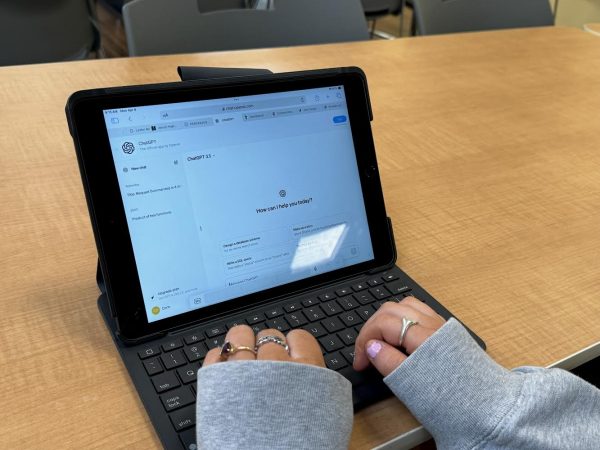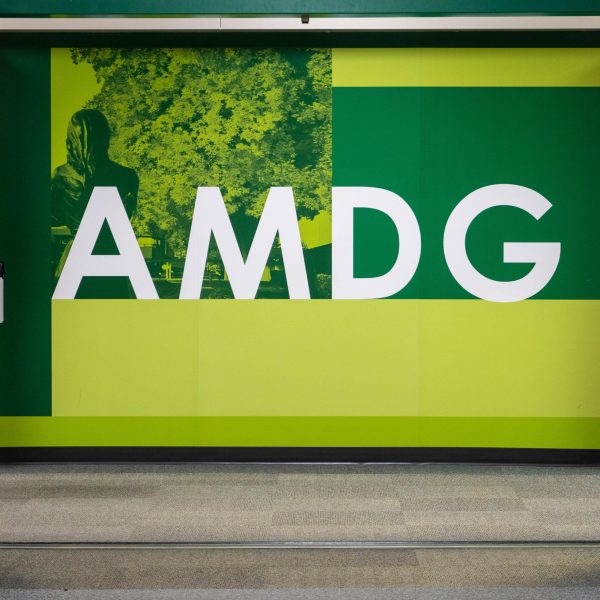The Call for Positive Minority Representation: A Reflection on My High School Curriculum
I recall my conflicting thoughts about my school’s approach to World History, a class required in our curriculum for all freshmen students. We spent over half of the year on European history, studying the intricate details of Queen Victoria’s rule, examining Alexander the Great’s impenetrable battle strategy, and analyzing Renaissance art’s influence on modern culture. However, our class was left with less than a semester to study the other six continents. The African history unit was condensed into a mere three weeks, South America was two weeks, and Ancient India was even shorter. It seemed like this “World History” class should have been titled “European History with an Introduction to Foreign Cultures.”
To make matters worse, when we finally reached other world cultures, we learned about them through the perspective of European colonialists. For example, we learned about the Indian culture unit through memoirs of British viceroys, depicting the Indian people as inferior beings to the British. Coming of Indian descent, I recognized multiple inconsistencies with the Eurocentric interpretations of Indian culture versus my personal understanding of Indian culture.
I wasn’t alone in these uncomfortable feelings about the representation of my Indian culture and heritage. Senior Amreen Sandhu also felt underwhelmed by the limited education on South Asian history.
“I honestly feel like we didn’t have an Indian or South-Asian culture unit,” Sandhu said. “We learned about colonization and the exploitation of India, but I felt like we were lacking an authentic representation of Indian culture.”
Sandhu also mentioned that when her class finally reached studying foreign cultures, the classroom dynamic lacked the respect and authenticity that such a subject deserved.
“There wasn’t the tone of seriousness needed when talking about race, culture, and ethnicities,” Sandhu said. “I heard mockings of cultures, fake accents, and people laughing at cultural names, which was unacceptable.”
Sandhu’s and my own experiences with the representation of Indian culture in my school curriculum prompted me to a key realization: if minority cultures are only portrayed in the light of the oppressed, that becomes the only narrative students may see them as. For example, I even felt like the Indian population was some oppressed minority after only learning about the British colonization and exploitation of India, even though my own understanding of my culture differs significantly from what I learned.
As a result, I assert that we need more than minority representation in our curriculums; we need positive minority representation. Instead of only focusing on the negative aspects of Indian history, I wish we learned about auspicious holidays like Diwali or Holi, or Indian contributions to the arts and sciences.
To learn more about the effects of positive minority representation in school curriculums, I reached out to education sociologist, Dr. Anindya Kundu. Dr. Kundu currently serves as the Senior Fellow at the City University of New York’s educational research department. His work focuses on the educational opportunity gap, race and inequality, and uplifting minority communities through education.
Dr. Kundu is also a strong advocate for positive yet accurate minority representation in school curriculum.
“Curriculum plays an integral role in how students learn and see themselves in a learning environment,” Kundu said. “If students aren’t seeing themselves represented in the curriculum accurately, they’re not going to feel a part of the educational community, and may not think that their education is valued.”
On this same subject, Dr. Kundu emphasized the need to “decolonize” school curricula.
“We really need to ‘decolonize’ the curricula of many American schools,” Kundu said. “But what that really means is asking how many white male authors you have compared to women, people of color, people of the LGBTQ+ community, or other underrepresented communities. ‘Decolonizing’ a curriculum is making an effort to represent these communities in an accurate yet positive manner.”
Dr. Kundu also asserts that ‘decolonizing’ curricula and incorporating more ethnic studies will benefit all students, not just minority students.
“Ethnic studies helps students feel included not just in their school community but in the broader community,” Kundu said. “The curriculum makes students feel welcomed, appreciated, and that they have a calling to help improve the community. That’s the payoff that I think a lot of people aren’t understanding. The more we make the curricula inclusive, the more students are going to be willing to contribute back to society in some way.”
I firmly believe that conversations about race, culture, and ethnicities during a student’s educational career are integral to being an active citizen of our modern multicultural society. Especially as our nation marks one year since the murder of George Floyd and the new attention to racial justice along with it, we cannot ignore racial justice in schools as well. The call for increased positive minority representation in school curriculums could not sound louder.









